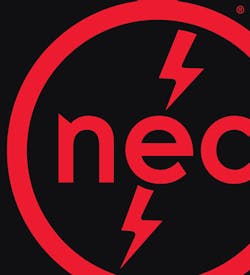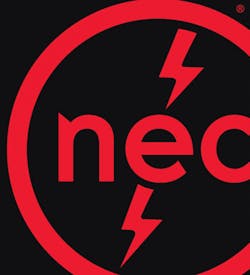Tip of the Week: The Importance of NEC Definitions and General Requirements
Is Chapter 1 of the NEC important? It has only two Articles. The first one is (yawn) definitions. Nobody has time to sit around reading dictionaries, so you can’t seriously be expected to read this, right? If you come across a word you don’t know, you can always look it up, right?
The problem with that mindset is many of these definitions impart important concepts. Take, for example, the ongoing confusion over grounding and bonding. In installations where grounding is done instead of the required bonding, dangerous differences of potential exist. These errors are responsible for costly power quality problems, equipment reliability issues, premature motor failures, nuisance breaker trips, “annoyance” electrical shocks, flashovers, and, in severe cases, electrocution.
The second Article, 110, provides a bunch of general requirements. Aren’t these already accounted for in your drawings and procedures? Maybe, maybe not. You could take Art. 110 into almost any manufacturing facility or commercial building and walk out with a list of violations.
Try this at your facility, and see what you come up with. For starters, look for enclosures that have unused openings that aren’t closed [110.12(A)]. There are many more specifics. Being unfamiliar with Chapter 1 just sets you up for “code confusion” and all the problems that entails.
Studying Chapter 1 a little bit each week is one way to become familiar with it.
About the Author

Mark Lamendola
Mark is an expert in maintenance management, having racked up an impressive track record during his time working in the field. He also has extensive knowledge of, and practical expertise with, the National Electrical Code (NEC). Through his consulting business, he provides articles and training materials on electrical topics, specializing in making difficult subjects easy to understand and focusing on the practical aspects of electrical work.
Prior to starting his own business, Mark served as the Technical Editor on EC&M for six years, worked three years in nuclear maintenance, six years as a contract project engineer/project manager, three years as a systems engineer, and three years in plant maintenance management.
Mark earned an AAS degree from Rock Valley College, a BSEET from Columbia Pacific University, and an MBA from Lake Erie College. He’s also completed several related certifications over the years and even was formerly licensed as a Master Electrician. He is a Senior Member of the IEEE and past Chairman of the Kansas City Chapters of both the IEEE and the IEEE Computer Society. Mark also served as the program director for, a board member of, and webmaster of, the Midwest Chapter of the 7x24 Exchange. He has also held memberships with the following organizations: NETA, NFPA, International Association of Webmasters, and Institute of Certified Professional Managers.

